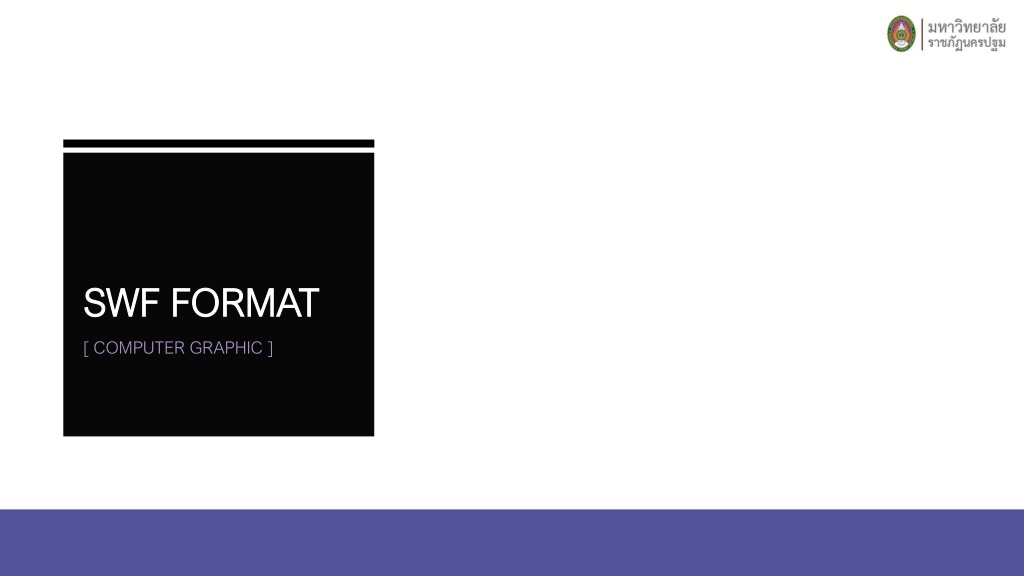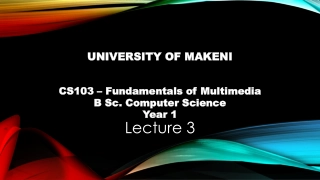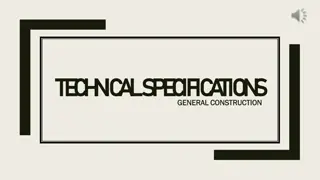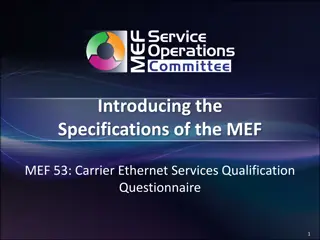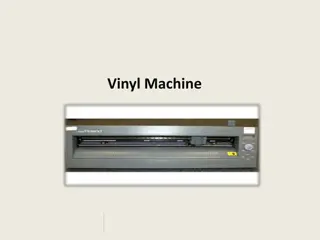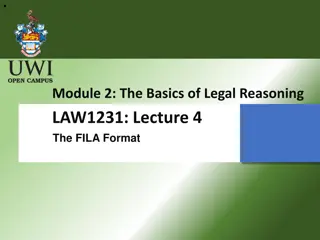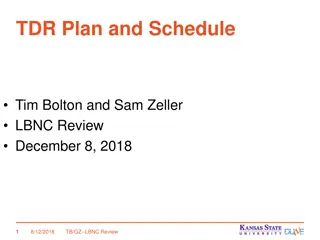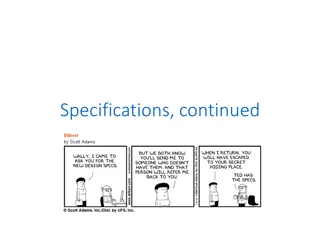Understanding SWF Format: History, Specifications, and Usage
SWF (Small Web Format) is an Adobe Flash file format widely used for multimedia, vector graphics, and ActionScript. Originally developed by FutureWave Software and acquired by Macromedia, SWF files can include animations, applets, and interactive content. This article delves into the history of SWF, its evolution under Adobe, and the open specifications published by Adobe for SWF version 19 and beyond. Explore the origins, features, and applications of SWF, a versatile format for creating engaging content on the web.
Download Presentation

Please find below an Image/Link to download the presentation.
The content on the website is provided AS IS for your information and personal use only. It may not be sold, licensed, or shared on other websites without obtaining consent from the author. Download presentation by click this link. If you encounter any issues during the download, it is possible that the publisher has removed the file from their server.
E N D
Presentation Transcript
SWF FORMAT SWF FORMAT [ COMPUTER GRAPHIC ]
SWF SWF SWF is an Adobe Flash file format used for multimedia, vector graphics and ActionScript.Originating with Future Wave Software, then transferred to Macromedia, and then coming under the control of Adobe, SWF files can contain animations or applets of varying degrees of interactivity and function. They may also occur in programs, commonly browser games, using ActionScript. Programmers can generate SWF files from within several Adobe products, including Flash, Flash Builder (an IDE), Adobe Animate (the replacement for Adobe Flash as of Feb. 2016), and After Effects, as well as through MXMLC, a command-line application compiler which forms part of the freely-available Flex SDK. Although Adobe Illustrator can generate SWF format files through its "export" function, it cannot open or edit them. Other than using Adobe products, one can build SWFs with open-source Motion-Twin ActionScript 2 Compiler (MTASC), the open-source Ming library and the free-software suite SWFTools. Various other third-party programs can also produce files in this format, such as Multimedia Fusion 2, Captivate and SWiSH Max.
HISTORY HISTORY The small company FutureWave Software originally defined the file format with one primary objective: to create small files for displaying entertaining animations. The idea involved a format which player software could run on any system and which would work with slower network connections. FutureWave released FutureSplash Animator in May 1996. In December 1996 Macromedia acquired FutureWave and FutureSplash Animator became Macromedia Flash 1.0.
HISTORY HISTORY The original naming of SWF came out of Macromedia's desire to capitalize on the well-known Macromedia Shockwave brand; Macromedia Director produced Shockwave files for the end user, so the files created by their newer Flash product tried to capitalize on the already established brand. As Flash became more popular than Shockwave itself, this branding decision became more of a liability, so the format started to be referred to as simply SWF.
HISTORY HISTORY On May 1, 2008, Adobe dropped its licensing restrictions on the SWF format specifications, as part of the Open Screen Project. However, Rob Savoye, a member of the Gnash development team, has pointed to some parts of the Flash format which remain closed. On July 1, 2008, Adobe released code to Google and Yahoo, which allowed their search engines to crawl and index SWF files.
PUBLISHED SPECIFICATIONS PUBLISHED SPECIFICATIONS Adobe makes available a partial specification of SWF, most recently updated in January 2013 to reflect changes in SWF version 19. SWF versions have been decoupled from Flash player versions after Flash 10. Afterwards the version number of the SWF progressed rapidly; SWF version 19 corresponds to the new features added in Flash Player 11.6. Flash Player 14 uses SWF version 25.
PUBLISHED SPECIFICATIONS PUBLISHED SPECIFICATIONS In 2008, the specifications document was criticized by Rob Savoye, the lead developer of the Gnash project, as missing "huge amounts" of information needed to completely implement SWF, omitting specifications for RTMP and Sorenson Spark. The RTMP specification was released publicly in June 2009. The Sorenson Spark codec is not Adobe's property.
